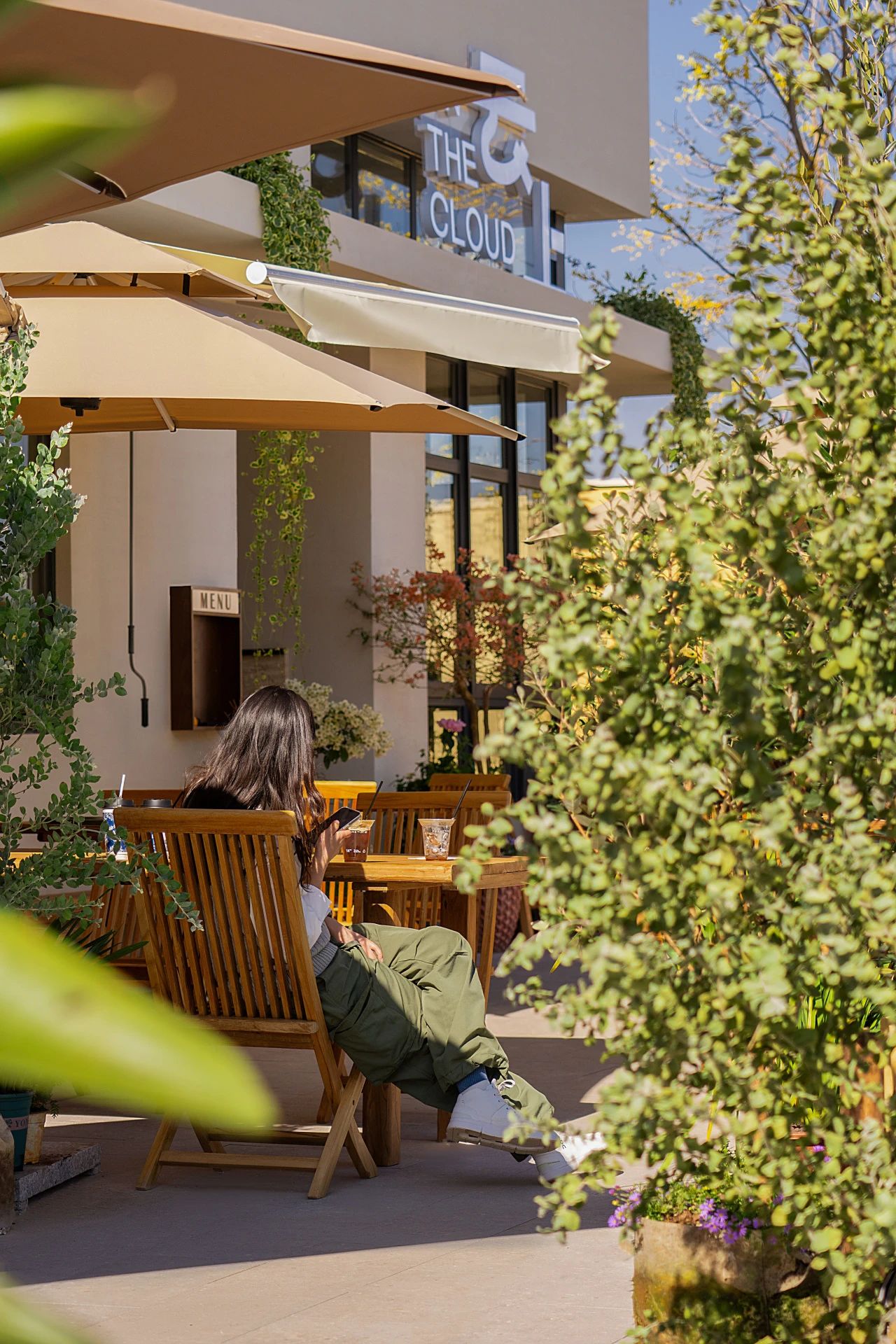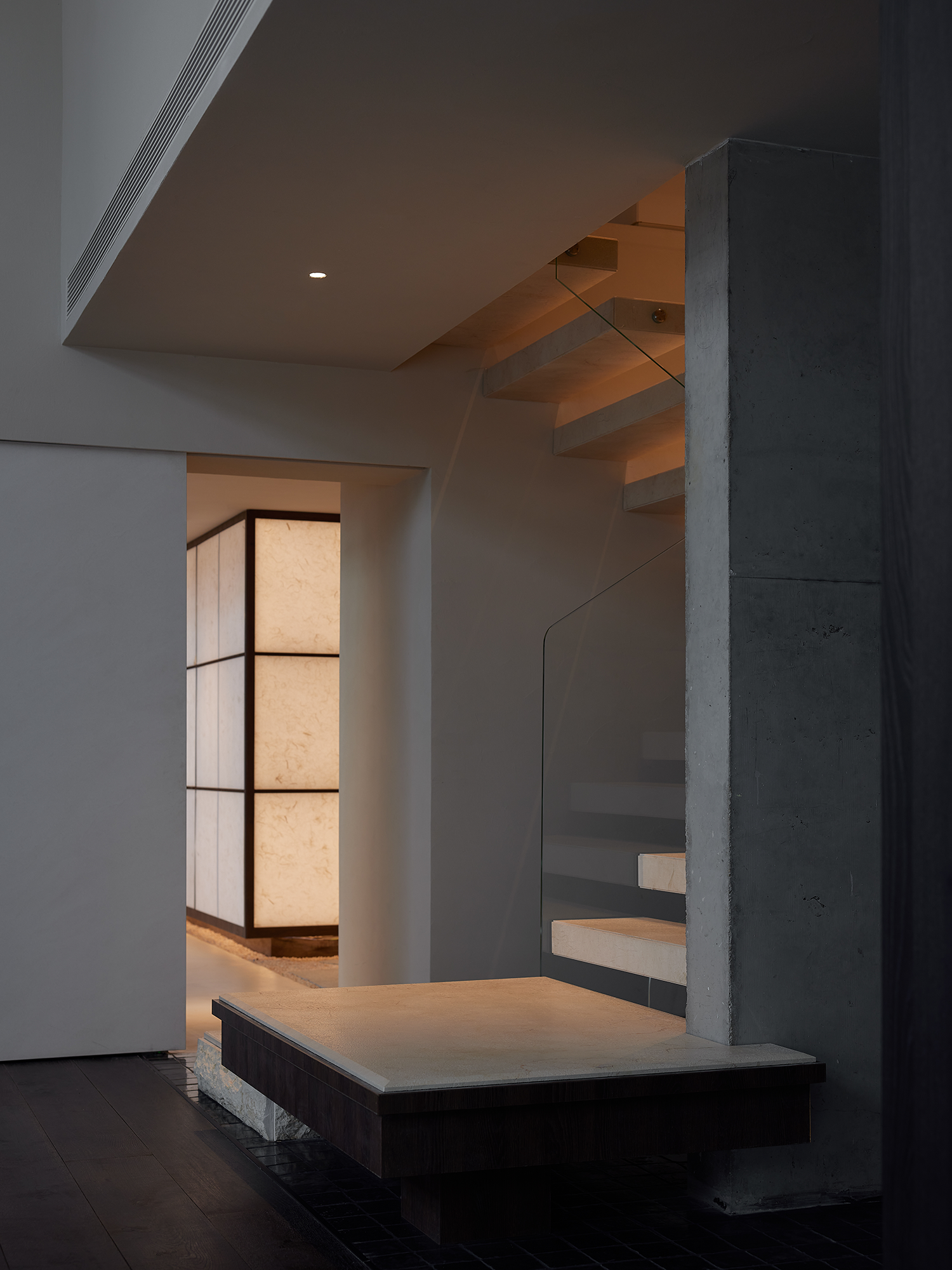Sports Hall and Public Square in Krk Turato Architects
2013-12-12 01:00
© Sandro Lendler
桑德罗·伦德勒(Sandro Lendler)


架构师提供的文本描述。2005年伊迪斯·图拉托(Idis Turato)完成了一所小学(Fran Krsto Frankopan)(和他的前工作室“RandićTurato”),伊迪斯·图拉托(Idis Turato)完成了一项建筑对话。
Text description provided by the architects. One of the main focuses of the Turato Architects’ Hall and Square project in Krkwas to finish an architectural dialogue started way back in 2005, when Idis Turato completed an elementary school, Fran Krsto Frankopan (with his former studio “Randić Turato”).
Ground Floor Plan


这座新的大厅于2013年夏天前不久开放,坐落在上述学校附近,就在一条狭窄的步行街对面。新的体育建筑和公共广场的竣工是这位建筑师在Krk老城顶上完成一个完整的城市组合的一个王冠成就,从而创造了一个新定义的高度重要的焦点。
The new Hall, which opened shortly before the summer of 2013, is situated in the very vicinity of the above-mentioned school, just across a narrow pedestrian street. The completion of the new sports building and public square was a crown achievement of the architect’s quest to complete an integral urban ensemble on top of Krk’s old town, thereby creating a newly defined focal point of high importance.
新建的音乐厅除了是学校学生的健身设施外-他们现在可以很容易地通过地下走廊进入-目的也是为了满足当地社区的需求,在更大范围内举办体育活动以及未来的文化活动和公共庆祝活动。这就是为什么大厅东南角的立面打开广场,提供功能的连续性通过,使他们几乎成为一个。
The newly built Hall, aside from being a gym facility for the school pupils – who can now easily access it through an underground corridor – aims to meet demands of the local community as well, housing sports events as well as future cultural activities and public festivities on a larger scale. This is the reason why the north-eastern corner of the Hall’s façade opens up onto the Square, providing functional continuity of passing through and enabling them to become almost one.
© Sandro Lendler
桑德罗·伦德勒(Sandro Lendler)


学校大厅广场会议周围有几座教堂和修道院,还有两座高耸的教堂塔,作为广场的垂直口音。他们共同定义和描述这个广阔的公共空间,视情况而定,它既可以作为世俗的,也可以作为教会的步行区。
The school-hall-square assembly is surrounded by several churches and monasteries, as well as by two tall church towers that act as the Square’s vertical accents. Together, they all define and describe this wide public space, which, depending on occasion, can function both as a secular and an ecclesiastical pedestrian zone.
© Jure Živković
(C)jureŽivković


在新礼堂的正址上,曾经有一个旧的学生宿舍,它过去曾被用作学校的健身设施。在建造大厅之前,它必须被拆除。然而,拆除工作在该遗址上发现了几项新的重要考古发现,从而为大会堂本身创造了一个全新的环境。在这个遗址上发现的所有东西都必须保存下来。架构师认为这一事实对于根据新输入重新定义概念至关重要。这直接影响到项目的组织计划。挖掘和保存的教堂和修道院墙壁将成为新建筑的组成部分,新的墙壁和大厅的外墙将直接从修复的旧墙中出现。
On the very site of the new Hall there used to be an old student dorm, which had been used in past as a gym facility for the school. Prior to the Hall construction it had to be demolished. The demolition, however, unearthed several new and important archaeological discoveries on the site, thus creating a whole new context for the Hall itself. All that had been found on the site had to be preserved as discovered. The architects took this fact to be crucial in redefining the concept according to the new input. This affected directly the very organizational scheme of the project. The excavated and preserved church and monastery walls were to become integral parts of the new building, with new walls and façades of the Hall emerging directly from the restored, older ones.
© Sandro Lendler
桑德罗·伦德勒(Sandro Lendler)


然而,另一个上下文元素在形成建筑物的形状和大小方面很重要。这些是高墙,贯穿整个古镇的Krk,特别是在上述修道院周围,围绕着城镇的地段,排列在小镇狭窄的街道上。这些特定地点的建筑也围绕着大会堂本身。在这些围墙后面,每天都会发生不同的故事,在公共和私人之间取得平衡,这取决于所封闭空间的使用情况。西大厅外墙的高墙,就在方济各修道院旁边,只是这些城镇小巷的延续。
Yet another contextual element was important in forming the shape and size of the building. These are the high walls, seen throughout the old town of Krk, especially around the aforementioned monasteries, enclosing the town lots, lining the narrow streets of the town. These site-specific structures surround the Hall itself as well. Behind these walls different stories are taking place daily, balancing between the public and the private, depending on the usage of the space enclosed. The high walls of the western Hall façade, next to the Franciscan monastery, are then but a continuation of these town alleys.
© Ivan Dorotić
.Ivan Dorotić


这就是这些墙的故事,它们的起源、背景和形状,导致了各种各样的外墙,正式对应于背景、输入和位置。
This is where the story of the walls, their origin, context and their shape began, resulting in variety of the façade walls, formally corresponding to the context, input and location.
© Jure Živković
(C)jureŽivković


虽然似乎“后退”,但在次要表面(西巷和南面),最可识别、也是迄今为止最独特的建筑元素是由原始和引人注目的预制混凝土构件组成的墙。建筑师命名这些内部是因为它们的起源和制造,以及由于其吸引力的形式因素而给观众留下的模棱两可的印象。实际上,内部是作为干石墙的负片而产生的独特的预制元素,或者更精确地说,是通过将石头放在木模中制成的。用PVC铝箔盖住它们,然后在上面浇筑混凝土。这样,石头的反面就形成了预制元件的“面”。这种反向建造过程,一个简单和基本的制作,具有明显的视觉影响,是一个发明的大厅的作者。这是与一个狡猾的砖匠一起研究简单建筑材料的结果,这位建筑师过去也曾与他合作过几个项目。
Although seemingly set “back”, on secondary surfaces (the western alley and southern façade), the most recognizable and by far the most unique element of the Hall itself is a wall consisting of original and striking prefabricated concrete elements. The architect named these the innards due to their origin and their fabrication, and the ambiguity of the impression they leave upon the viewer, due to a formal factor of its (un)attractiveness. The innards are in fact unique precast elements produced as a negative of a dry stone wall, or more precisely - made by placing stones in a wooden mold, covering them with a PVC foil and pouring concrete over it all. In this way the negative of the stones forms the “face” of the precast element. This inverse building process, a simple and basic fabrication with a distinct visual impact, is an invention of the Hall’s author. It happened as a result of researching simple building materials with a crafty bricklayer, with whom the architect had collaborated on several projects in the past as well.
© Ivan Dorotić
.Ivan Dorotić


另一方面,大厅最具代表性的立面,在视觉上主宰着广场,是由六块重量达23吨的令人印象深刻的混凝土大石建造而成的外墙。整体块是用一层“水磨石”来完成的,这是一种古老的技术,通常用于地板抛光,需要数小时的手工抛光。然而,在这里,水磨石被重新定义并垂直使用,并适当地重新命名为“垂直水磨石”。虽然这种突然垂直使用的饰面创造了一个光泽和精细阴影立面,但它的“正常”用途,在水平表面上,被重新调整和重新思考,因为这种整理,通常是‘预留’的内部,现在用于公共广场的外部表面。广场的水磨石地板的红色与大厅外墙的轻盈形成鲜明对比。它的光滑性和抗滑移性是通过在抛光后涂上一层环氧树脂来实现的.
On the other hand, the most representative façade of the Hall, the one visually dominating the square, is the façade constructed out of six impressively large concrete monoliths, weighing up to 23 tons. The monolithic blocks are finished off with a layer of ‘terrazzo’, which is an ancient technique usually used for floor finishes, requiring hours of polishing by hand. Here, however, the terrazzo is redefined and used vertically, fittingly renamed into a “vertical terrazzo”. While this sudden vertical use of the finish creates a shiny and finely shaded façade, its “normal” use, on horizontal surfaces, is recontextualized and rethought once again, since this finish, usually ‘reserved’ for interiors, is now used for exterior surfaces of the public Square. The red color of the Square’s terrazzo floor panels is in contrast to the lightness of the Hall’s façade. Its smoothness and slip-resistance is achieved by application of a layer of epoxy after polishing.
© Jure Živković
(C)jureŽivković


面对学校的第四个立面(用灰泥做的)正式外观证实,新建筑仍然与现有的教育设施直接沟通,共享其功能。
The fourth façade, facing the school, with its formal look and finish (done in plaster lime mortar) confirms that the new building remains in a direct communication with the existing educational facility, sharing its function.




































































Architects Turato Architects
Location Krk, Croatia
Category Sports Architecture
Project Team Idis Turato, Ida Križaj, Marko Liović, Josip Mičetić, Ana Staničić
Area 1020.0 sqm
Project Year 2013
Photographs Domagoj Blažević, Sandro Lendler, Ivan Dorotić, Jure Živković
























